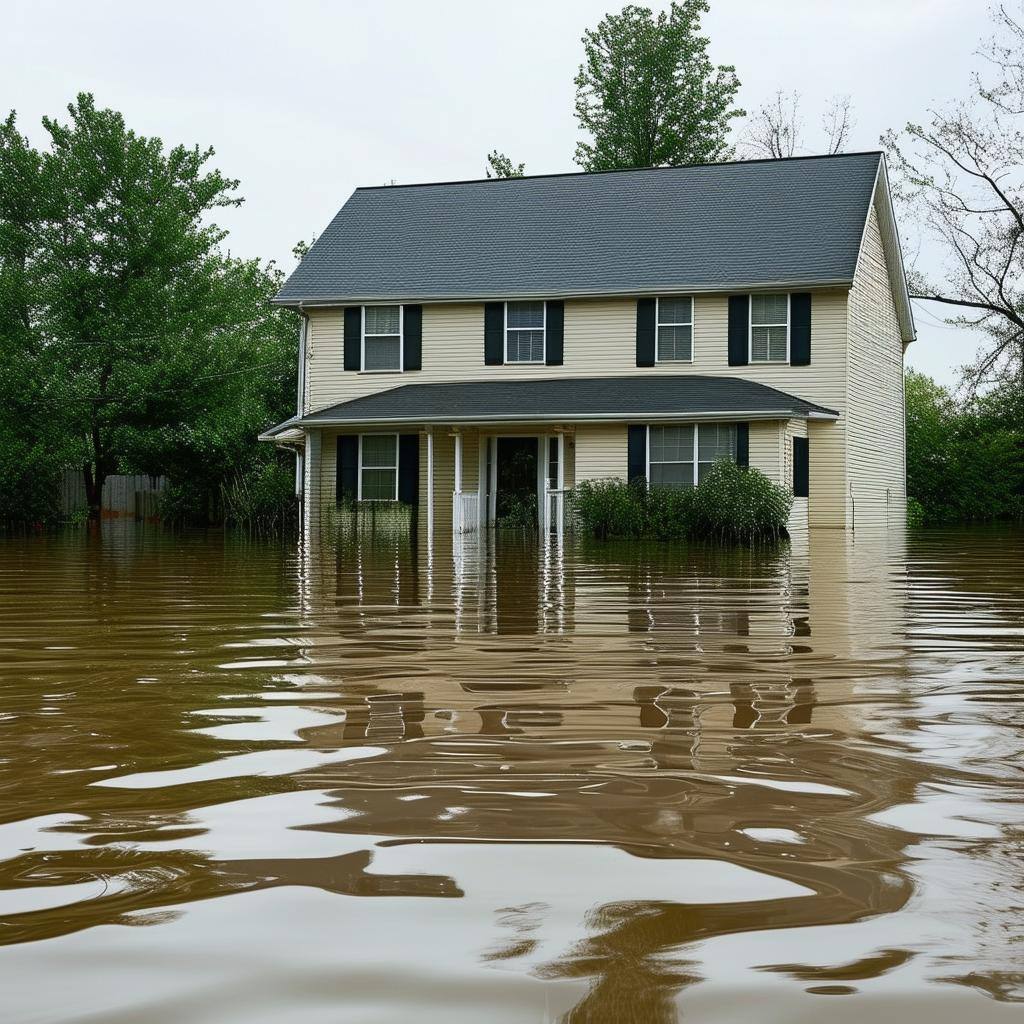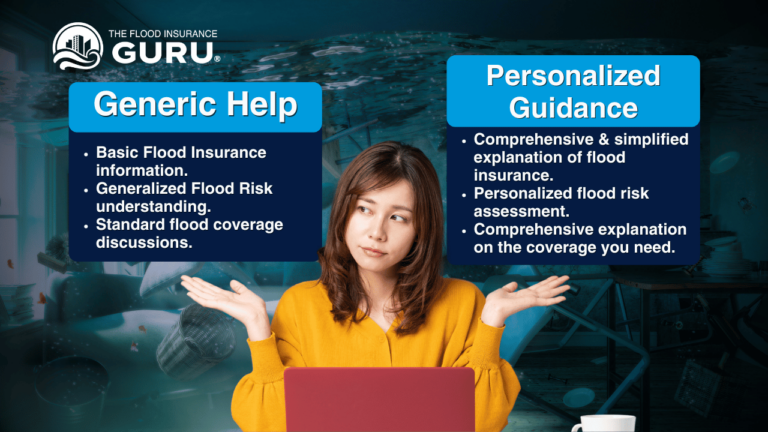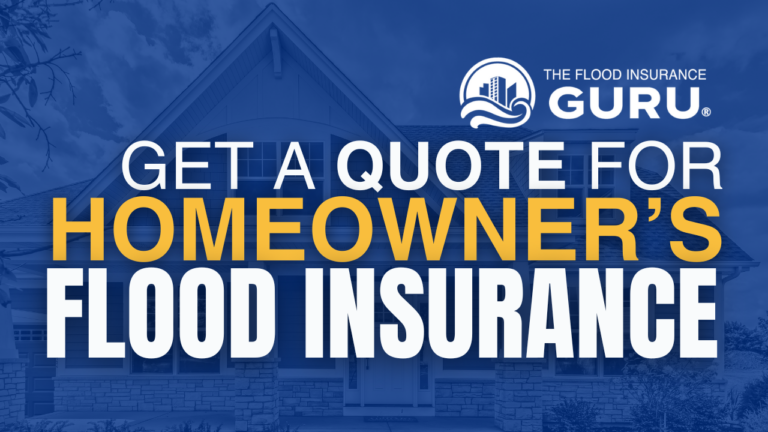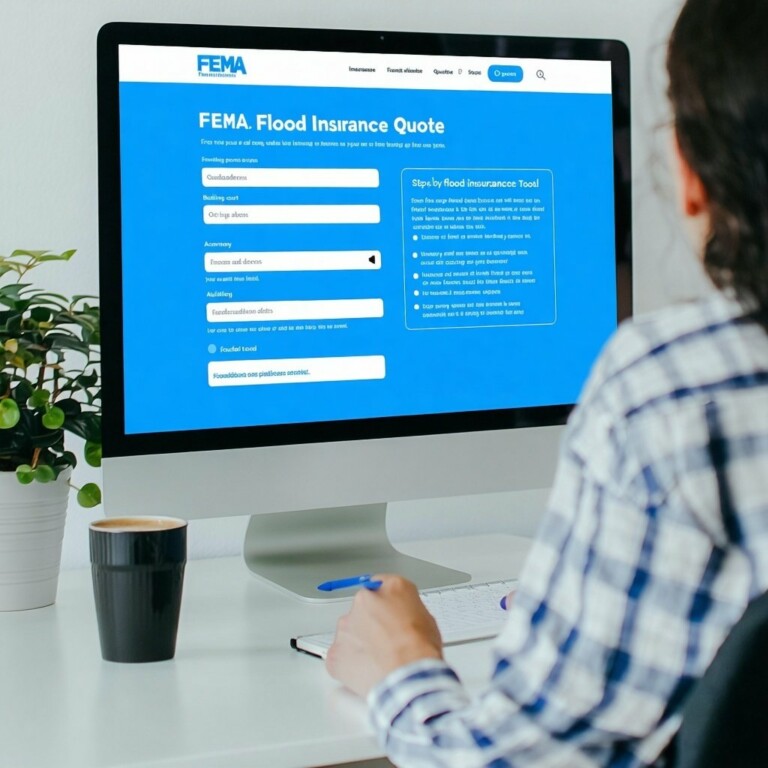Base Flood Elevation Explained: How It Impacts Your Flood Zone & Insurance Costs
How Base Flood Elevation Affects Your Flood Zone and Insurance Rates
Why Base Flood Elevation Matters
Buying a home in a flood zone can be stressful and expensive. If you don’t understand Base Flood Elevation (BFE), you could end up paying thousands more in flood insurance costs—just like I did.
More than a decade ago, I purchased a home in a flood zone, and neither my real estate agent, loan officer, nor insurance agent knew what BFE was. This lack of information cost me thousands of dollars.
That’s why I created this guide. By the end, you’ll understand:
- What Base Flood Elevation is
- How it affects your flood insurance costs
- How BFE impacts your flood zone classification
- How you can use it to lower your insurance costs or change your flood zone
What is Base Flood Elevation (BFE)?
Base Flood Elevation (BFE) is the height at which FEMA predicts floodwaters could rise during a major flood event. If your home’s elevation is below this level, your risk of flooding is higher—and so are your flood insurance costs.
🔹 How FEMA Determines BFE
FEMA calculates BFE by analyzing:
✔ Historical flood events
✔ Rainfall and hydrology data
✔ Topography and elevation surveys
If your home is above the BFE, you may qualify for lower flood insurance rates or even a flood zone change. If it’s below, you could face higher premiums and mandatory flood insurance.
How Base Flood Elevation Impacts Flood Insurance Costs
Did you know that being just one foot below the BFE could increase your flood insurance costs by thousands of dollars?
🔹 Why Flood Insurance Costs Change
- FEMA updates flood maps every 5 years (though it often takes longer).
- If your home is below the BFE, you’re at higher risk, meaning higher insurance costs.
- Your flood insurance rate depends on your home’s elevation relative to BFE.
How to Lower Your Flood Insurance Costs
If your home is below the BFE, consider these strategies:
Elevate your home (piers, stilts, or raising the foundation).
Fill in a basement (FEMA considers basements a major flood risk).
Obtain an Elevation Certificate to verify your property’s height.
Look at private flood insurance—they assess risk differently than FEMA’s National Flood Insurance Program (NFIP).
🔗 Find out more about FEMA’s NFIP Program
How Base Flood Elevation Determines Your Flood Zone
FEMA uses Flood Insurance Study Reports to assess risk and classify properties into low-risk and high-risk flood zones.
🔹 Flood Zone Classifications
✔ Low-Risk Zones (Flood Zone X) → No mandatory flood insurance; typically no BFE assigned.
✔ High-Risk Zones (Flood Zones A, AE, V, etc.) → Insurance is required if you have a mortgage; BFE is used to calculate risk.
If you believe your home was incorrectly placed in a high-risk zone, you may be able to challenge it using Base Flood Elevation data.
How Base Flood Elevation Can Help Change Your Flood Zone
Your Base Flood Elevation (BFE) plays a crucial role in determining your flood zone status. If your home is above the BFE, you may be able to request a flood zone change to remove the high-risk designation.
🔹 How BFE Impacts Flood Zone Adjustments
✔ If Your Home is Above BFE → You may qualify for a Letter of Map Amendment (LOMA), which can remove your property from a high-risk zone.
✔ If Your Home is Below BFE → Your property remains in a Special Flood Hazard Area (SFHA) like Flood Zone A or AE, requiring flood insurance.
✔ If FEMA Updates Flood Maps → New flood data could change BFE levels, moving homes into higher or lower risk zones.
How to Check If Your BFE Has Changed
🔹 FEMA Flood Map Service Center
Frequently Asked Questions About Base Flood Elevation
1. What if my home doesn’t have a BFE assigned?
If you live in Flood Zone X or parts of Flood Zone A, FEMA may not have assigned a BFE yet. You can hire a licensed surveyor to determine one.
2. How often does BFE change?
FEMA aims to update flood maps every 5 years, but the process can take longer.
3. What if I’m way below BFE? Can I still get flood insurance?
Yes! The NFIP will still insure your home, but private flood insurance may deny coverage or charge higher rates.
4. How can I find my property’s BFE?
✔ FEMA’s Flood Map Service Center
✔ Your local floodplain manager
✔ Your home’s Elevation Certificate
Final Thoughts – Take Control of Your Flood Risk
At the end of the day, understanding Base Flood Elevation can save you thousands of dollars and help you make smarter property decisions.
Next Steps:
➡ Find out your BFE using an elevation certificate.
➡ Consider flood insurance options to see if private or NFIP coverage is better.
➡ If eligible, apply for a flood zone change using a Letter of Map Amendment.

Need help changing your flood zone? Contact us today!
💬 Still have questions? Leave a comment below!
Information contained on this page is provided by an independent third-party content provider. This website make no warranties or representations in connection therewith. If you are affiliated with this page and would like it removed please contact editor @producerpress.com









